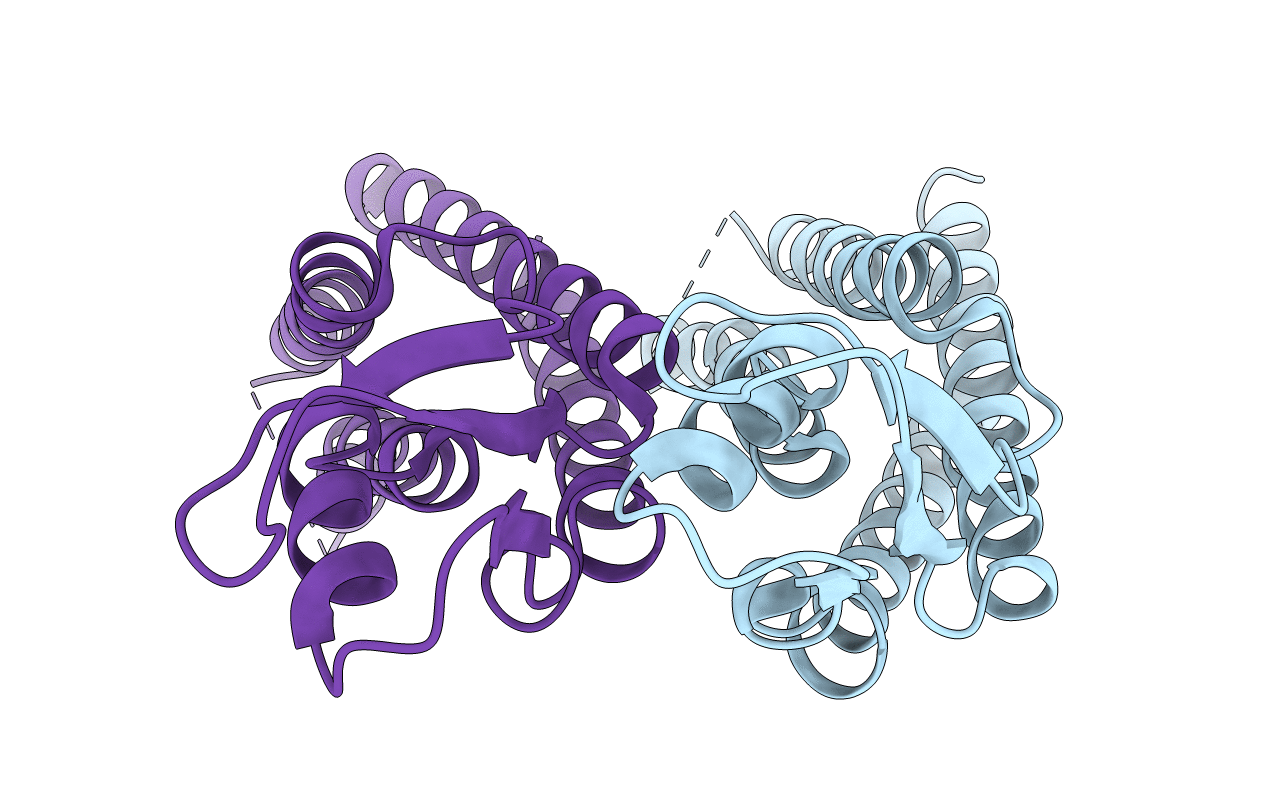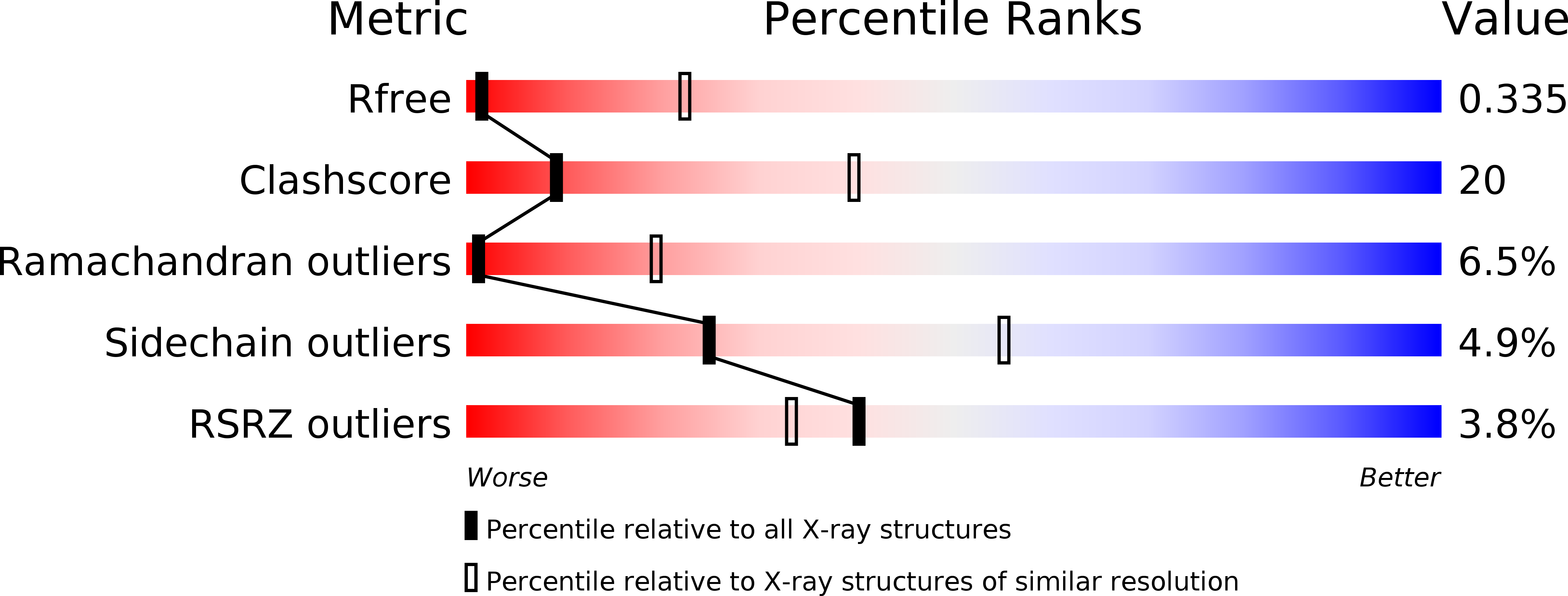
Deposition Date
2015-11-13
Release Date
2016-01-27
Last Version Date
2024-10-23
Method Details:
Experimental Method:
Resolution:
3.80 Å
R-Value Free:
0.33
R-Value Work:
0.30
R-Value Observed:
0.30
Space Group:
H 3 2


